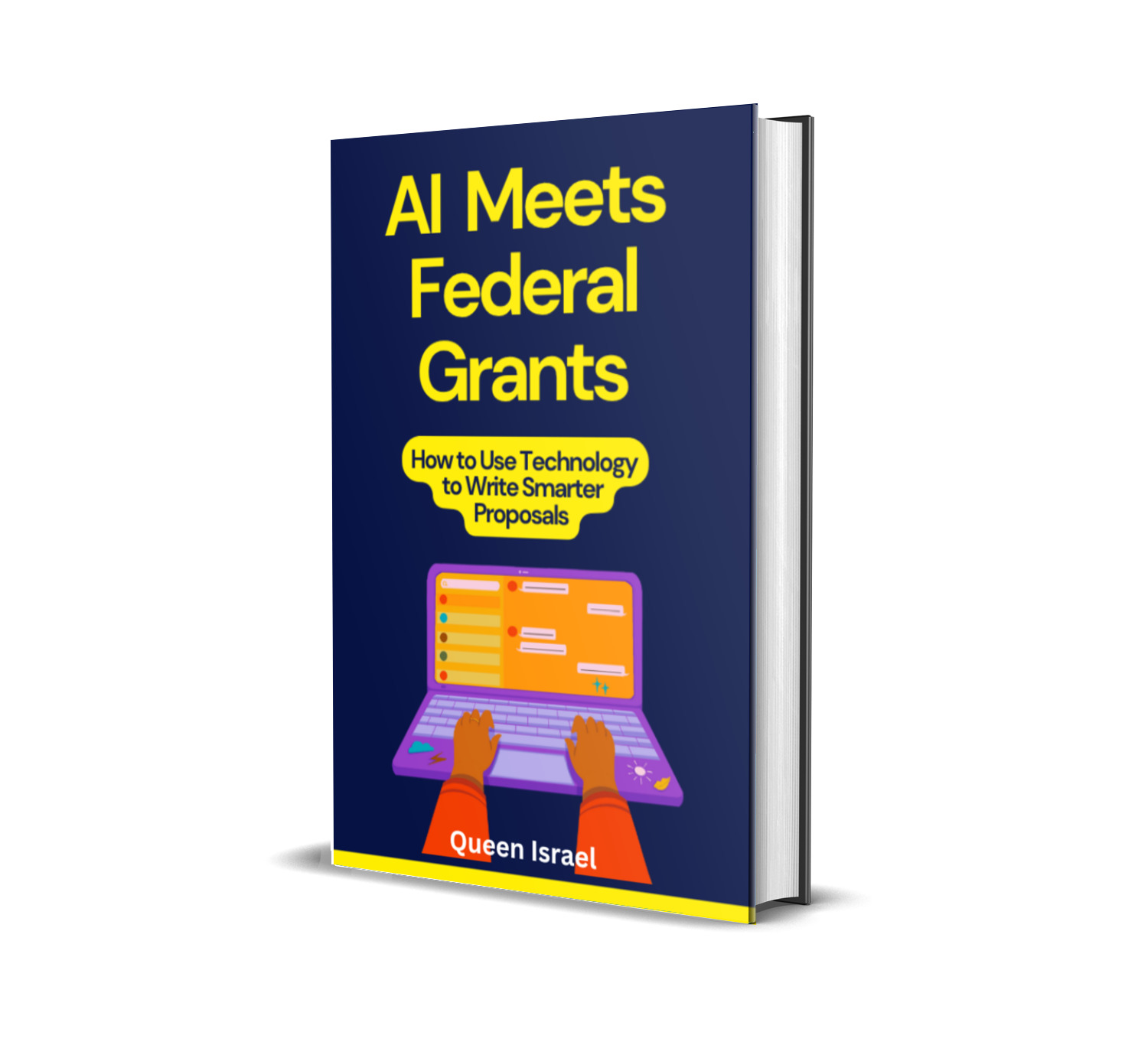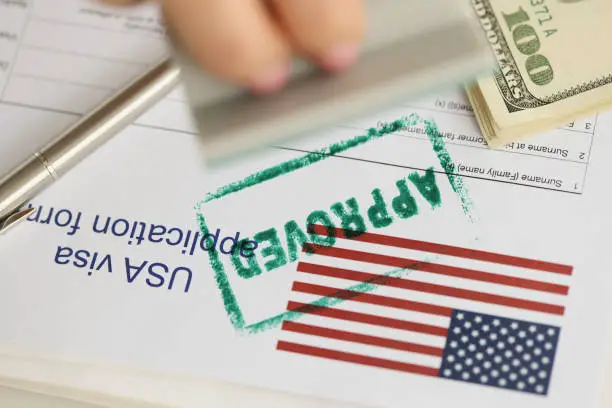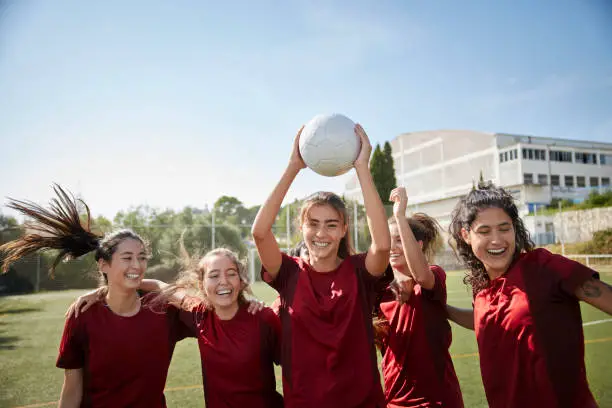Grants for Schools: A Comprehensive Guide.
Every year, billions of dollars in grants are made available to schools across the country. These funds are provided by government agencies, private foundations, and corporations, and they can be used for everything from purchasing new technology to supporting student enrichment programs.
In this article, we’ll explore a range of grant opportunities that schools can tap into to enhance education and improve student outcomes.
What is a School Grant?
School grants are funds given to educational institutions by government departments, corporations, and philanthropic organizations. Unlike loans, these funds do not need to be paid back. Grants typically have specific requirements and must be used for predefined purposes, such as improving literacy rates, advancing STEM education, or enhancing teacher training.
Why are Grants Important for Schools?
In a climate where budget constraints can impact the delivery of quality education, grants provide schools with essential financial support. They help bridge the funding gap, allowing schools to enhance facilities, employ more qualified teachers, implement innovative educational programs, and improve overall student performance.
Now, let’s delve into some of the grant opportunities available for schools.
1. The U.S. Department of Education’s Investing in Innovation Fund (i3)
This fund provides grants to schools that aim to improve student achievement through innovative practices. The i3 focuses on enhancing teacher and school leader effectiveness, improving low-performing schools, and improving literacy and STEM education.
2. The National Science Foundation’s (NSF) Discovery Research PreK-12 program (DRK-12)
This program invests in research and development projects that enhance STEM learning and teaching. DRK-12 projects can focus on improving curricula, instruction, assessment, teacher preparation and professional development, and can also target specific groups like English learners and girls in STEM.
3. The 21st Century Community Learning Centers (21st CCLC) Program
This federally-funded program supports the creation of community learning centers that provide academic enrichment opportunities during non-school hours, especially for high-poverty and low-performing schools.
4. The Lowe’s Toolbox for Education
Each year, the Lowe’s Charitable and Educational Foundation provides grants to schools for improvement projects like technology upgrades, landscaping/gardening, renovations, and safety improvements.
5. The National Endowment for the Humanities (NEH) Grants
NEH offers grants that support professional development programs in the humanities for teachers. This can help enhance curriculum and improve the quality of teaching in humanities subjects like history, literature, philosophy, and geography.
6. The Spencer Foundation’s Small Research Grants Program
This program funds education research projects that can contribute to the improvement of education, broadly conceived. This can include studying new education models and methods, the effects of policies, or the impact of new technologies.
7. The Farmer’s Insurance Thank America’s Teachers Grant
This grant provides funds for teachers to implement new and innovative strategies that improve student learning. Teachers can apply for grants of up to $2,500 for classroom projects.
8. The McCarthey Dressman Education Foundation’s Academic Enrichment Grants
These grants fund in-depth, innovative projects that aim to improve student learning and educational outcomes. The grants are designed to nurture the intellectual, artistic, and creative abilities of children from low-income households.
9. The Toshiba America Foundation Grants
This foundation offers grants for project-based learning initiatives in STEM subjects. The goal is to make science and mathematics more engaging for students.
10. The Snap-On Industrial National Education Excellence Award
This award provides grants to schools that show an exceptional commitment to high-quality technical education programs. The grants can be used to improve existing programs or to implement new ones.
Here are some practical examples of how schools have used these grants:
Example 1:
A school in Florida received a grant from the i3 fund to implement an innovative literacy program. With the grant, they were able to provide targeted, intensive support to struggling readers, resulting in significant improvements in literacy rates.
Example 2:
A high school in California used a grant from the National Science Foundation to enhance its STEM curriculum. They introduced hands-on, project-based learning experiences that engaged students and increased interest in STEM subjects.
Example 3:
A community school in New York received a 21st Century Community Learning Centers grant to extend their after-school programs. The grant provided resources for tutoring, homework assistance, and enrichment activities like art, music, and sports.
In conclusion, grants are an invaluable resource for schools looking to improve and innovate. Schools can tap into these opportunities to enhance their facilities, implement engaging educational programs, and improve student learning outcomes.
With a comprehensive understanding of what grants are available, schools can find the funds they need to provide a high-quality education for all students.






